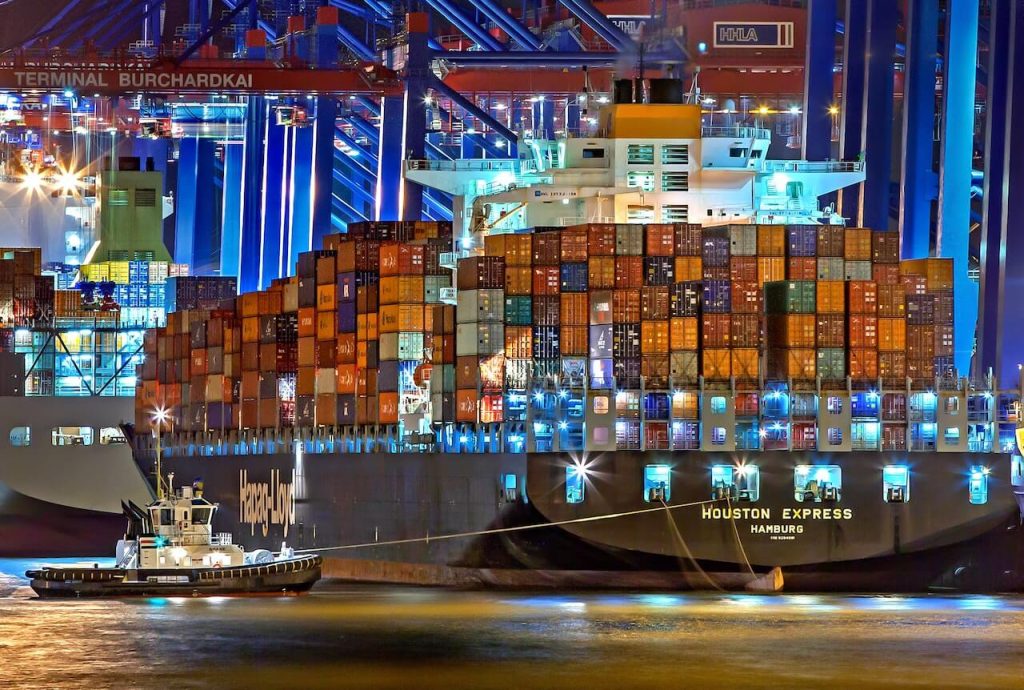
Digital transformation has been a game-changer for the freight forwarding industry, revolutionizing the way logistics and supply chain processes are managed.
By leveraging digital technologies, freight forwarding companies have streamlined their operations, enhanced customer experiences, and gained a competitive edge. Let’s delve into the key aspects of digital transformation in freight forwarding.
Automation and Efficiency
Digital transformation has enabled the automation of numerous manual and time-consuming tasks in freight forwarding. Processes such as documentation, data entry, and customs clearance can now be automated using software solutions. This reduces the likelihood of errors, improves operational efficiency, and accelerates the overall logistics process.
Enhanced Visibility and Tracking
Digital platforms and technologies provide real-time visibility and tracking capabilities, allowing freight forwarders and their customers to monitor shipments throughout the entire journey. Advanced tracking systems, equipped with GPS and RFID technologies, enable stakeholders to track cargo, predict arrival times, and identify potential delays. This transparency enhances supply chain visibility, reduces risks, and enables proactive decision-making.
Paperless Operations
Digital transformation has facilitated the shift from paper-based documentation to electronic documentation systems. Electronic data interchange (EDI), cloud-based platforms, and digital document management solutions have replaced the traditional reliance on physical documents. This eliminates the need for manual handling, reduces administrative costs, and enhances data security and accessibility.
Data Analytics and Insights
The vast amounts of data generated in freight forwarding can now be harnessed through advanced analytics tools and techniques. Freight forwarders can analyze data related to shipment volumes, routes, transit times, and costs to gain valuable insights. These insights help optimize operations, identify bottlenecks, improve decision-making, and drive continuous improvement across the supply chain.
Collaboration and Connectivity
Digital transformation has fostered improved collaboration and connectivity among various stakeholders in the freight forwarding ecosystem. Online platforms and portals enable seamless communication and information sharing between freight forwarders, shippers, carriers, customs authorities, and other parties involved in the logistics process. This facilitates smoother operations, faster response times, and stronger partnerships.
Customer Experience and Self-Service
Digital solutions have enhanced the customer experience in freight forwarding. Customers can now access self-service portals to obtain quotes, book shipments, track cargo, and manage documentation. Additionally, digital communication channels enable prompt customer support, personalized interactions, and real-time updates. These advancements lead to increased customer satisfaction and loyalty.
Risk Management and Compliance
Digital technologies help freight forwarders manage risks and ensure compliance with regulations. Automated compliance checks, trade compliance software, and risk management tools enable freight forwarders to identify and mitigate potential risks, adhere to regulatory requirements, and maintain a high level of operational integrity.
In conclusion, digital transformation has had a profound impact on the freight forwarding industry. By embracing digital technologies and tools, freight forwarders have gained operational efficiency, improved customer experiences, and optimized supply chain management.
As the industry continues to evolve, the integration of digital solutions will be instrumental in meeting the evolving demands of global trade.